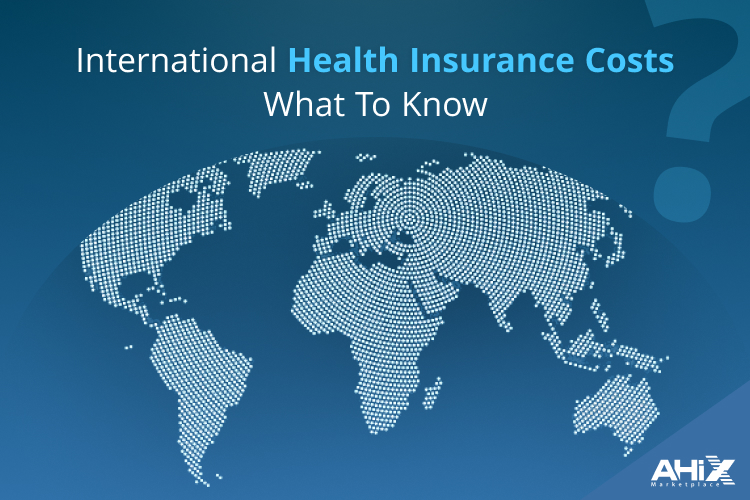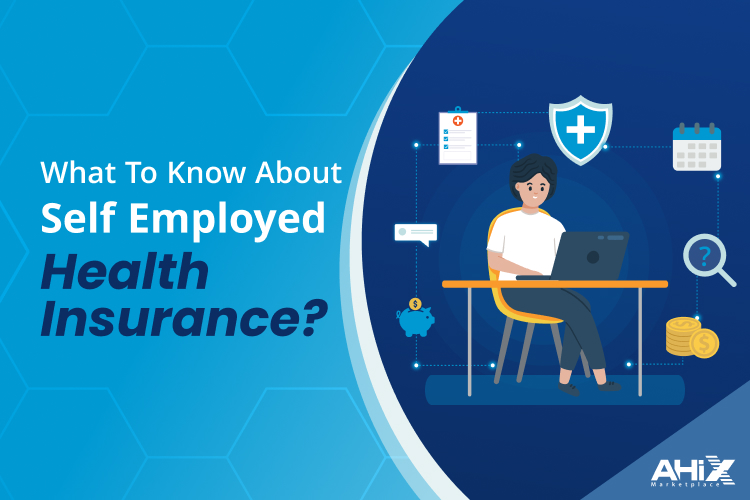Looking for low-income health insurance in Michigan? The state of Michigan offers health insurance programs specifically designed for individuals and families with limited income. Whether you’re unemployed, self-employed, or simply earning below the state’s income threshold, you may qualify for Michigan Medicaid, the Healthy Michigan Plan, or the Children’s Health Insurance Program (CHIP). This article helps you determine your eligibility, understand the benefits, and navigate the application process.
Key Takeaways
- Medicaid in Michigan offers essential health coverage to low-income individuals, with eligibility based on income, household size, and asset limits.
- The Healthy Michigan Plan (HMP) provides comprehensive benefits for adults aged 19–64 who fall within the low-income threshold but do not qualify for traditional Medicaid.
- The Children’s Health Insurance Program (CHIP) helps families who exceed Medicaid limits access coverage for their children through programs like MIChild.
- Applications for the state of Michigan health insurance for low-income residents can be submitted online via MI Bridges or in-person at a local DHHS office.
- Eligibility determinations typically take up to 45 days, with some cases processed sooner if all documentation is submitted correctly.
Medicaid Coverage in Michigan: What You Need to Know
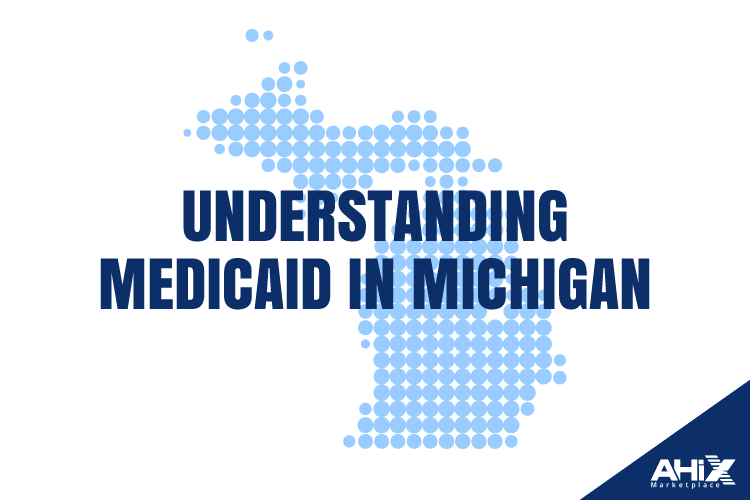
When evaluating the best health insurance in Michigan for low-income individuals, Medicaid remains one of the most vital options. As a joint federal and state initiative, Michigan Medicaid offers comprehensive medical coverage for eligible residents who may not afford private or employer-sponsored plans.
The state structures its Medicaid offerings through multiple targeted programs, managed by the Michigan Department of Health and Human Services (MDHHS). These plans cater to various populations, including families with children, seniors, disabled adults, and pregnant women, ensuring that medical care is both accessible and affordable to those who need it most.
Who Is Eligible for Michigan Medicaid?
Eligibility for Medicaid in Michigan depends primarily on household income, family size, and other qualifying factors such as disability status or age. Generally, adults must earn below 138% of the Federal Poverty Level (FPL) to qualify. For example, in 2025, an individual earning under approximately $20,800 annually may be eligible.
Eligibility criteria vary by group. Infants, for instance, may qualify at higher income thresholds (up to 195% of the FPL), while certain individuals receiving Supplemental Security Income (SSI) follow different guidelines. The program also respects asset limits, although essential resources like a primary residence and a vehicle are often excluded.
For residents whose income slightly exceeds Medicaid limits, the spend-down program offers a flexible pathway to temporary coverage by deducting medical expenses from countable income, making it possible to qualify even with irregular or slightly higher earnings.
Understanding MAGI in Medicaid Applications
To evaluate financial eligibility, Michigan uses the Modified Adjusted Gross Income (MAGI) standard. This method includes adjusted gross income from tax returns along with certain non-taxable income types, creating a full picture of household earnings. MAGI-based evaluation is used for most Medicaid pathways, particularly for non-disabled adults and families.
Because MAGI eligibility is tightly connected to federal poverty guidelines, even minor income changes can impact a household’s qualification. That’s why applicants are strongly encouraged to update their income information through the MI Bridges portal anytime circumstances change.
For many residents seeking the best health insurance in Michigan under a limited income, understanding Medicaid’s eligibility and income evaluation process is essential. It ensures that no qualified individual misses out on critical health care due to misunderstanding the system.
Healthy Michigan Plan (HMP)
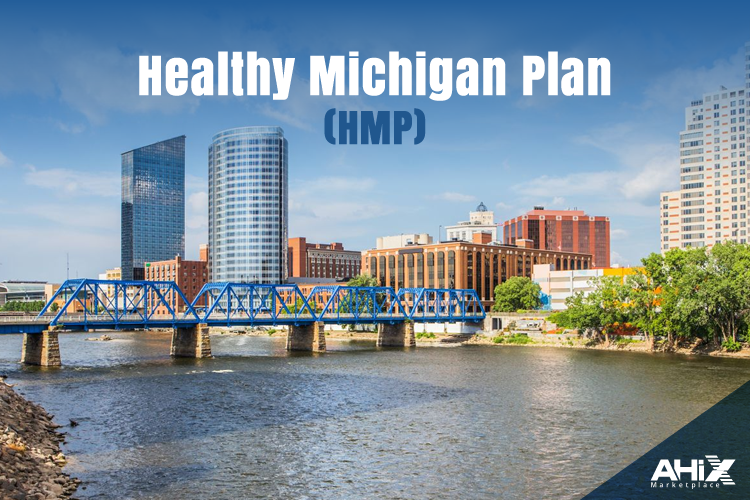
The Healthy Michigan Plan (HMP) is one of the most accessible and affordable health insurance programs in Michigan for adults with limited income. Launched in 2014 as part of Michigan’s Medicaid expansion, the plan was created to bridge the coverage gap for individuals who don’t qualify for traditional Medicaid but still cannot afford private insurance.
This state-supported program plays a vital role in expanding health care coverage in Michigan, offering low-cost or even free medical insurance for adults aged 19 to 64 who meet specific income requirements. For many residents, it serves as a reliable pathway to high-quality, comprehensive care.
Who Is Eligible for the Healthy Michigan Plan?
To enroll in the Healthy Michigan Plan, you must:
- Be a Michigan resident between 19 and 64 years old
- Not be enrolled in Medicare or other Medicaid categories
- Have a Modified Adjusted Gross Income (MAGI) at or below 138% of the Federal Poverty Level (FPL)
- Not be pregnant at the time of application
There is no asset test, which makes the application process straightforward for individuals without extensive documentation. For example, a family of five can typically qualify with an annual household income under $88,400, based on current Medicaid income limits in Michigan for 2025.
This simplicity makes HMP one of the best health insurance options for low-income adults who might otherwise be uninsured.
What Benefits Does HMP Provide?
The Healthy Michigan Plan offers a comprehensive set of health services, similar to private insurance but at significantly lower costs. Coverage includes:
- Emergency room care and hospital services
- Preventive care and annual check-ups
- Maternity care and family planning
- Prescription medications
- Mental health and substance use treatment
- Diagnostic services such as labs and X-rays
These benefits make HMP a standout among low-cost health insurance plans in Michigan, especially for those who are unemployed, self-employed, or between jobs.
Children’s Health Insurance Program (CHIP)
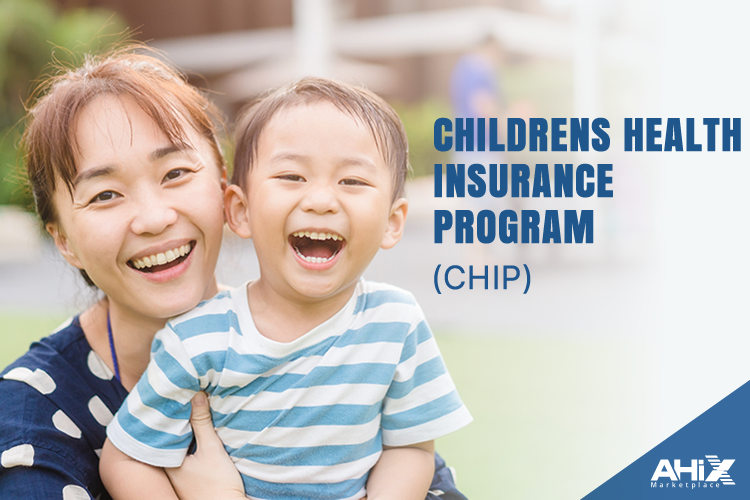
When families earn too much to qualify for Medicaid but still struggle to afford private coverage, the Children’s Health Insurance Program (CHIP) provides a critical solution. In Michigan, CHIP is offered through the MIChild program, ensuring that children in modest-income households still have access to vital health services without overwhelming financial strain.
The goal of CHIP is not just to offer insurance, but to protect long-term health outcomes for children by covering everything from routine checkups to treatment for serious medical issues. It’s one of the most important safety nets for families navigating the gap between public and private coverage. If you’re comparing options, here’s a helpful guide on the best health insurance for kids to see what might work for your family.
MIChild: Michigan’s CHIP-Based Program
MIChild is available to children under 19 whose families earn up to 212% of the Federal Poverty Level (FPL) , a significantly higher income threshold than traditional Medicaid. This means that even middle-income working families, who don’t qualify for Medicaid, can still access low-cost health insurance for their children in Michigan.
Unlike most plans, MIChild comes with a flat fee of just $10 per family per month, regardless of the number of children covered. The plan includes:
- Well-child visits and immunizations
- Emergency care and hospitalization
- Dental, vision, and mental health services
- Prescription drugs and specialist visits
This makes MIChild one of the best health insurance options for kids in Michigan, particularly for families seeking a balance between affordability and comprehensive benefits.
Children’s Special Health Care Services (CSHCS)
For children and young adults under 26 with chronic or rare medical conditions, Michigan offers a separate support program: Children’s Special Health Care Services (CSHCS). Unlike MIChild, eligibility for CSHCS is based on medical need rather than income, making it accessible even to higher-income families.
The program provides coverage for condition-specific treatments, ongoing specialist care, durable medical equipment, and coordination with specialists often filling the gap where commercial plans fall short. Families managing long-term care needs will find CSHCS critical to controlling costs and ensuring continuity of care.
Why CHIP and MIChild Matter for Michigan Families
Programs like MIChild and CSHCS ensure that health insurance for low-income children in Michigan is not out of reach. They remove barriers to care, minimize out-of-pocket costs, and give families peace of mind knowing that preventive services, emergencies, and chronic care are all covered.
Parents can apply for these programs through MI Bridges, Michigan’s centralized health and social services platform. With minimal paperwork and a simplified application process, even busy working families can take the steps needed to secure coverage for their children.
Additional Medicaid Programs for Low-Income Families in Michigan
In addition to standard Medicaid and the Children’s Health Insurance Program (CHIP), the state of Michigan offers several specialized health insurance plans for low-income families facing unique circumstances. These additional programs are designed to address specific health needs, offering affordable medical coverage to those who might not otherwise qualify under traditional Medicaid guidelines.
By providing targeted support for expectant mothers and caregivers, Michigan ensures that no family is left without access to critical services. These programs play a key role in expanding health care coverage in Michigan for underserved communities.
Maternal Infant Health Program (MIHP)
The Maternal Infant Health Program (MIHP) provides essential support to pregnant women and new mothers, especially those whose income is too high to qualify for standard Medicaid. Through a team-based approach that includes nurses, nutritionists, and social workers, MIHP delivers prenatal and postnatal care aimed at reducing health risks for both mothers and their babies.
Services may include in-home visits, breastfeeding support, transportation assistance for medical appointments, and referrals to additional community programs. MIHP is a vital resource for women seeking low-income health care in Michigan during and after pregnancy, helping ensure healthier birth outcomes in at-risk populations.
Caretaker Relatives Medicaid
Caretaker Relatives Medicaid extends free or low-cost health insurance in Michigan to adults who are the primary caregivers of minor children, such as grandparents, aunts, or legal guardians. To qualify, applicants must meet income and asset limits, though the criteria are more flexible compared to other Medicaid categories.
This program ensures that families providing informal or non-parental child care aren’t burdened with the cost of medical services. Coverage includes routine care, emergency services, mental health support, and preventive treatments, allowing caregivers to focus on raising healthy, secure children.
Step-by-Step Guide to Applying for Medicaid in Michigan
Applying for low-cost health insurance in Michigan is easier than many residents expect. The state offers multiple application options, both online and in person, allowing individuals and families to find the most convenient way to begin their enrollment.
Whether you’re seeking coverage through traditional Medicaid, the Healthy Michigan Plan, or children’s programs like MIChild, the application process starts with gathering accurate household and income information.
1) How to Apply Online via MI Bridges
The most efficient way to apply is through the MI Bridges portal, Michigan’s official online platform for public benefits. To begin, you’ll need to create a secure account. The portal supports several languages including English, Spanish, and Arabic to accommodate diverse households.
Through MI Bridges, applicants can:
- Complete the Medicaid application entirely online
- Upload proof of income, residency, and household size
- Track real-time application status updates
- Manage renewals and health plan selections
For many seeking affordable medical insurance in Michigan, this portal streamlines the process from start to finish.
2) Applying In-Person at DHHS Offices
If you prefer face-to-face support, you can apply at a local Michigan Department of Health and Human Services (MDHHS) office. Locations throughout the state including areas like Clinton Township, Warren, and Sterling Heights offer printed forms, assistance with documentation, and help in understanding available health plans for low-income individuals.
Staff are trained to guide you through eligibility questions and ensure that all necessary paperwork is submitted, reducing delays and confusion during the approval process.
3) What to Expect After Submission
Once your Medicaid application is submitted, processing typically takes up to 45 days. However, if all required documents are submitted accurately, some cases may be approved sooner. During this period, the state verifies your information against eligibility requirements like income, residency, and household composition.
You can log into MI Bridges at any time to view updates, respond to requests, or upload missing documentation — a useful tool to avoid unnecessary delays in receiving free health coverage in Michigan.
4) Accessing Your Benefits
If approved, you’ll receive a health plan card, which you can use to access covered services such as doctor visits, prescriptions, hospital care, and more. Most Medicaid recipients in Michigan are enrolled in managed care plans, and you’ll have the opportunity to select the one that best fits your needs.
These cards serve as proof of enrollment and give you access to care through the plan’s provider network.
5) Maintaining Eligibility and Renewals
Medicaid enrollment isn’t a one-time process. Beneficiaries must complete annual renewals and report any changes in income, address, or household status to remain eligible. Michigan resumed renewals in mid-2023, and many enrollees now receive reminders through the MI Bridges portal or by mail.
Failing to renew on time may result in a temporary loss of coverage, so it’s important to stay up to date through Michigan.gov/MIBridges.
6) Why Timely Application Matters
Applying on time ensures that individuals and families can access care when they need it whether it’s a routine checkup, pregnancy-related services, or chronic disease management. For many residents, these programs represent the best health insurance in Michigan for low-income households.
Summary
Navigating Michigan’s Medicaid system doesn’t have to be difficult. By understanding your eligibility, choosing the right application method, and staying proactive about renewals, you can secure reliable health care coverage in Michigan. Programs like Medicaid, the Healthy Michigan Plan, and MIChild offer comprehensive protection and through platforms like MI Bridges, getting started is simpler than ever.
If you’re ready to explore your options, AHiX can help you compare plans and guide you through the process of getting covered.
FAQs:
1. What is the best health insurance for low-income adults in Michigan?
The Healthy Michigan Plan is often considered the best option for low-income adults aged 19–64, offering full coverage with no asset test and low or no monthly costs.
2. Can I get free health insurance in Michigan if I’m unemployed?
Yes, if you meet income and residency requirements, you may qualify for free or low-cost coverage through Medicaid or the Healthy Michigan Plan, even if you’re not working.
3. How do I check if I qualify for Medicaid in Michigan?
You can check your eligibility by creating an account on the MI Bridges portal and completing the online pre-screening tool based on your income, age, and household size.
4. What is the income limit for Medicaid in Michigan in 2025?
In 2025, the general income limit for an individual is about $20,783 annually, and around $43,056 for a family of four. These limits vary slightly based on household size and program type.
5. How long does it take to get approved for Medicaid in Michigan?
Medicaid applications are usually processed within 45 days. Submitting complete and accurate documents can help speed up the approval timeline.
6. What documents do I need to apply for low-income health insurance in Michigan?
You’ll typically need proof of income, Michigan residency, Social Security numbers for all applicants, and identification like a driver’s license or state ID.
7. Is MIChild different from Medicaid in Michigan?
Yes, MIChild is part of the Children’s Health Insurance Program (CHIP) and is designed for children in families that earn too much to qualify for Medicaid but still need affordable coverage.
8. Can I apply for Medicaid and food assistance at the same time in Michigan?
Yes, the MI Bridges portal allows you to apply for multiple public benefits at once, including Medicaid, SNAP (food assistance), and child care support.
9. What happens if my income changes after I enroll in Medicaid?
You must report any income changes through the MI Bridges portal. This could affect your eligibility or require switching to a different health plan like an ACA Marketplace option.
10. What’s the difference between a Healthy Michigan Plan and regular Medicaid?
The Healthy Michigan Plan is a type of Medicaid created under the ACA. It’s designed for adults aged 19–64 and has different income limits, no asset test, and includes managed care options.

